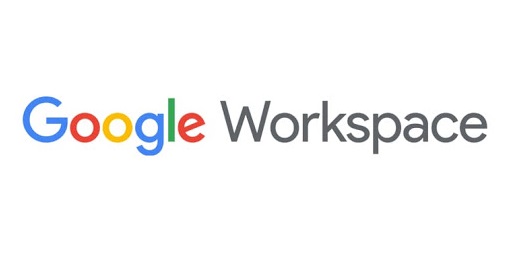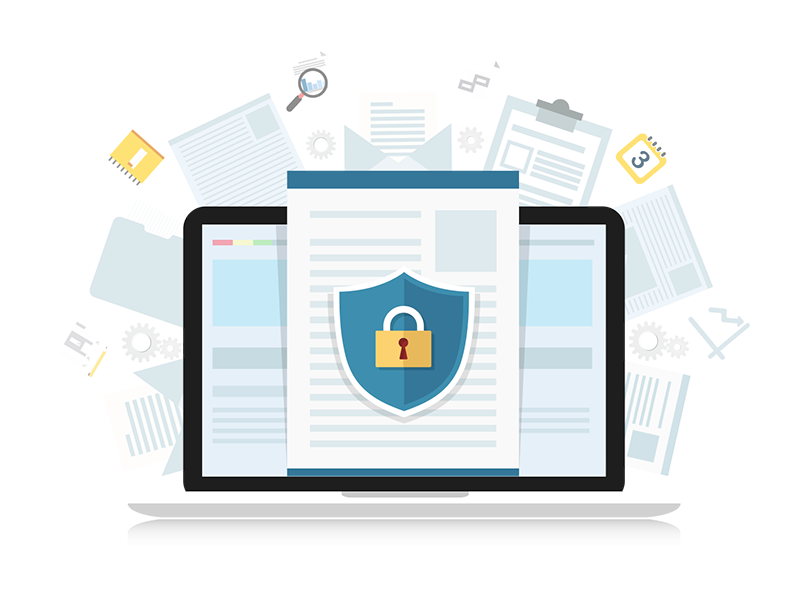Cumulus Global Recognized on the 2022 CRN® MSP 500 List
 Company Celebrates 5th Consecutive Year of Recognition as an Industry Leader
Company Celebrates 5th Consecutive Year of Recognition as an Industry Leader
For the fifth consecutive year, Cumulus Global proudly shares that CRN®, a brand of The Channel Company®, has named Cumulus Global to its Managed Service Provider (MSP) 500 list in the Pioneer 250 category for 2022. CRN’s annual MSP 500 list identifies leading North American service providers with forward-thinking approaches to managed services. Cumulus Global’s inclusion on the 2022 MSP 500 recognizes the company’s through leadership on managed cloud services and the company’s ability to help its customers increase productivity, simplify IT solutions, secure their business, and maximize their return on investment.
“The continued recognition by CRN as a Pioneer on the 2022 MSP 500 List is an incredible honor,” stated Cumulus Global CEO Allen Falcon. “We appreciate CRN recognizing the differentiation we bring to the market, and our clients, with our managed cloud services offerings.”
Cumulus Global innovates in ways that help small and midsize businesses (SMBs) adapt to changing business conditions. Many SMBs continue recovering from, and adjusting to, the impact of the COVID-19 pandemic. Cumulus Global leverages cloud services that more effectively and efficiently support remote and hybrid work environments. The company’s Security CPR model provides SMBs with an understandable method of assessing security risks, prioritizing needs, and deploying effective, budget-friendly solutions.
“In addition to having to adjust their own business operations to account for the changed conditions during the pandemic, MSPs have also seen increased demand for their managed communications, collaboration and security services,” said Blaine Raddon, CEO of The Channel Company. “The solution providers on our 2022 MSP 500 list deserve credit for their innovative and game-changing approaches to managed services in these unpredictable times, as well as their ability to optimize operational efficiencies and systems without straining IT budgets.”
The economy, markets, supply chains, expectations for work environments, and other business factors remain in flux post-pandemic. Cumulus Global managed cloud services blend the best aspects of traditional MSP services with a “cloud first” perspective. Leveraging the economies of cloud computing, Cumulus Global offers these robust, secure services at costs below traditional IT services for small and midsize businesses.
The MSP 500 list is featured in the February 2022 issue of CRN and online at www.crn.com/msp500.
About Cumulus Global
Cumulus Global is an industry-leading managed cloud service provider with a mission to deliver solutions with tangible value.
- What We Do: We translate your business goals and objectives into solutions and services.
- How We Do It: We start with your business needs and priorities. Planning and migration includes guidance to help your team adopt and utilize new services. Your team benefits from co-managed services, on-going support, and client success services that help you adapt as your business changes and grows.
- What We Offer: Managed cloud solutions featuring Google, Microsoft, and more than three dozen providers.
About The Channel Company
The Channel Company enables breakthrough IT channel performance with our dominant media, engaging events, expert consulting and education, and innovative marketing services and platforms. As the channel catalyst, we connect and empower technology suppliers, solution providers, and end-users. Backed by more than 30 years of unequaled channel experience, we draw from our deep knowledge to envision innovative new solutions for ever-evolving challenges in the technology marketplace. www.thechannelcompany.com
Follow The Channel Company: Twitter, LinkedIn, and Facebook.
The Channel Company Contact:
- Jennifer Hogan
- The Channel Company
- jhogan@thechannelcompany.com

 On February 11, 2023, Google provided sixty (60) days notice of a Google Workspace fee increase across most licenses. For many customers, this increase is coming immediately after increased fees related to the transition from G Suite to Google Workspace.
On February 11, 2023, Google provided sixty (60) days notice of a Google Workspace fee increase across most licenses. For many customers, this increase is coming immediately after increased fees related to the transition from G Suite to Google Workspace. Allen Falcon is the co-founder and CEO of Cumulus Global. Founded in 2006 to offer small businesses enterprise-grade email security and compliance using emerging cloud solutions, Allen has led the company’s growth into a managed cloud service provider with over 1,000 customers throughout North America. Having started his first business at age 12, Allen is a serial entrepreneur having started strategic IT consulting, software, and service companies. An advocate for small and midsize businesses, Allen served on the board of the former Smaller Business Association of New England, local economic development committees, and industry advisory boards.
Allen Falcon is the co-founder and CEO of Cumulus Global. Founded in 2006 to offer small businesses enterprise-grade email security and compliance using emerging cloud solutions, Allen has led the company’s growth into a managed cloud service provider with over 1,000 customers throughout North America. Having started his first business at age 12, Allen is a serial entrepreneur having started strategic IT consulting, software, and service companies. An advocate for small and midsize businesses, Allen served on the board of the former Smaller Business Association of New England, local economic development committees, and industry advisory boards. Share your answers to our 3 Questions and, in exchange, we will
Share your answers to our 3 Questions and, in exchange, we will

 In today’s digital landscape, the threat of ransomware looms large, posing a significant risk to businesses and organizations of all sizes. Ransomware, a malicious form of cyber attack, can swiftly encrypt critical data and hold it hostage until a ransom is paid. These attacks can disrupt operations, compromise sensitive information, and
In today’s digital landscape, the threat of ransomware looms large, posing a significant risk to businesses and organizations of all sizes. Ransomware, a malicious form of cyber attack, can swiftly encrypt critical data and hold it hostage until a ransom is paid. These attacks can disrupt operations, compromise sensitive information, and  New award highlights B2B partners that support startups across all business functions and empower growth
New award highlights B2B partners that support startups across all business functions and empower growth